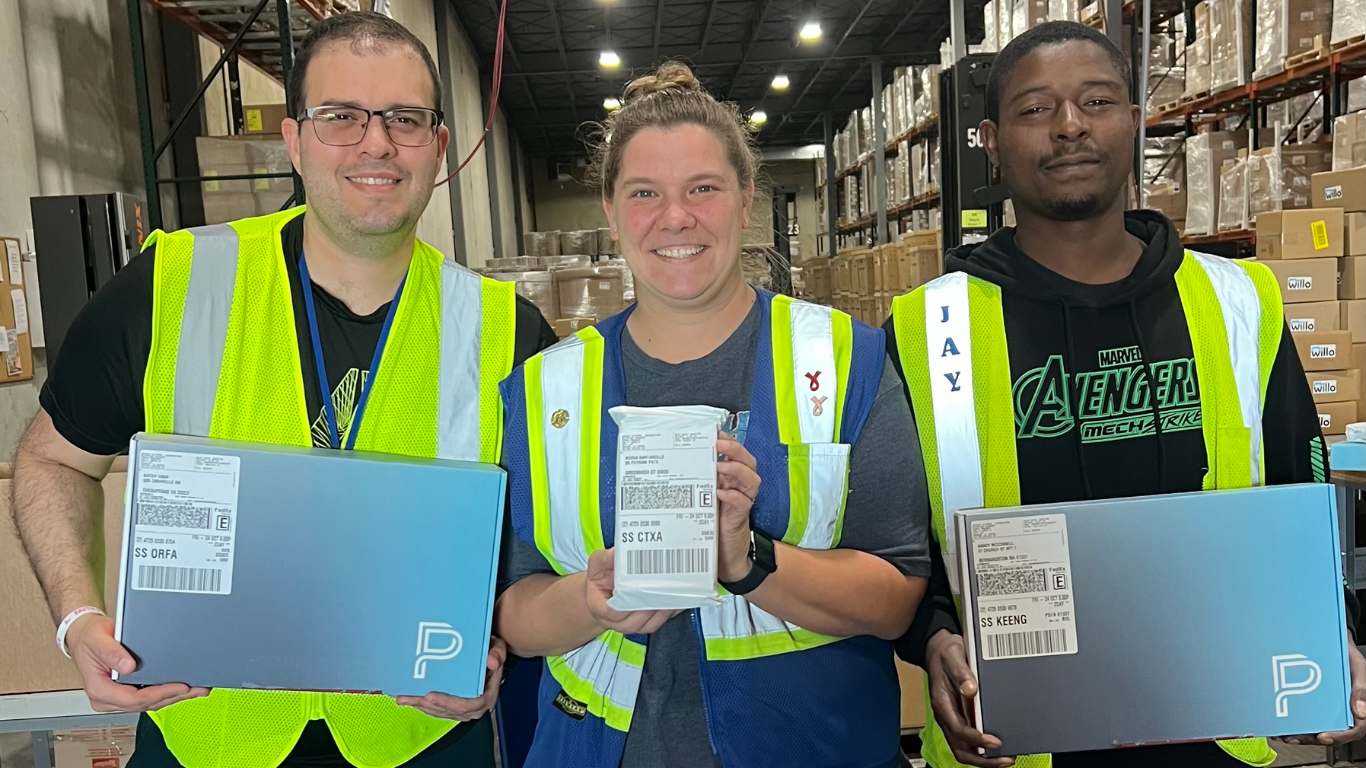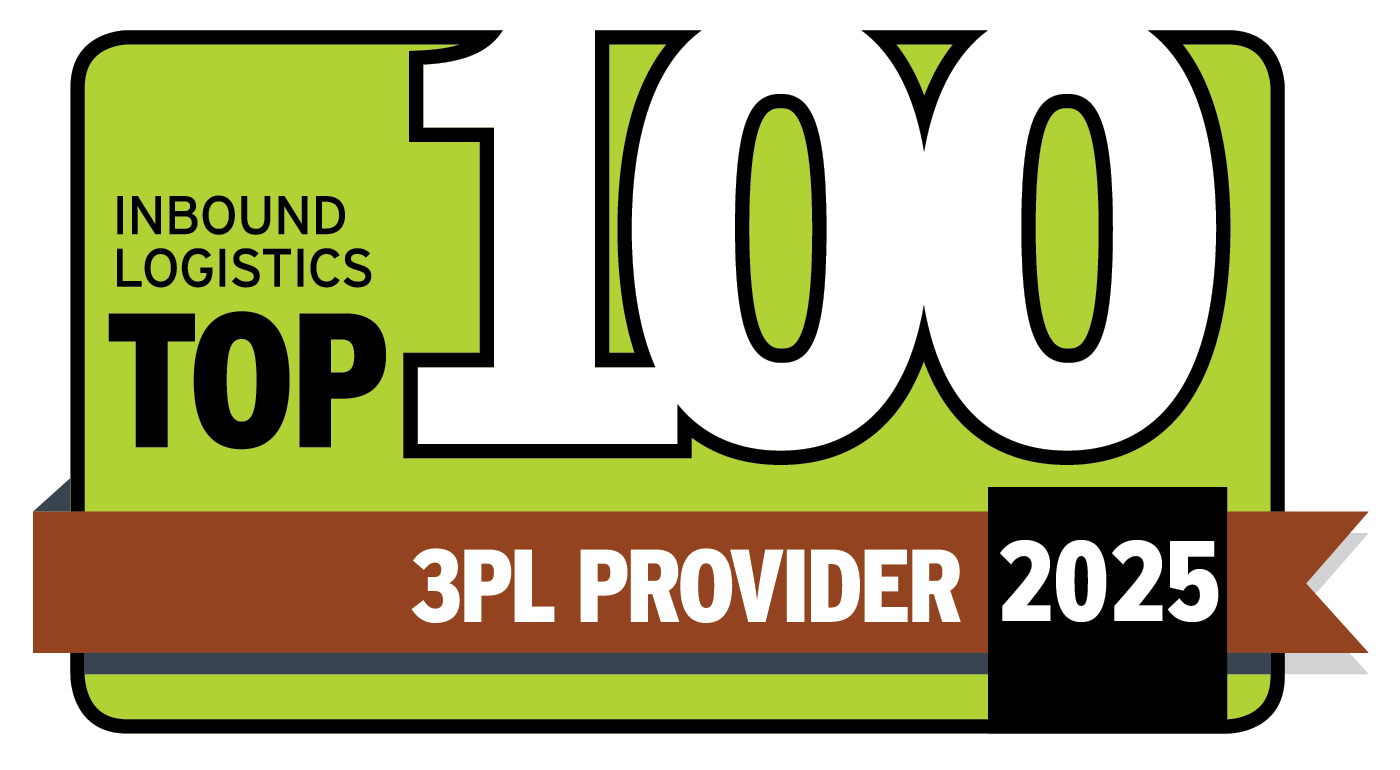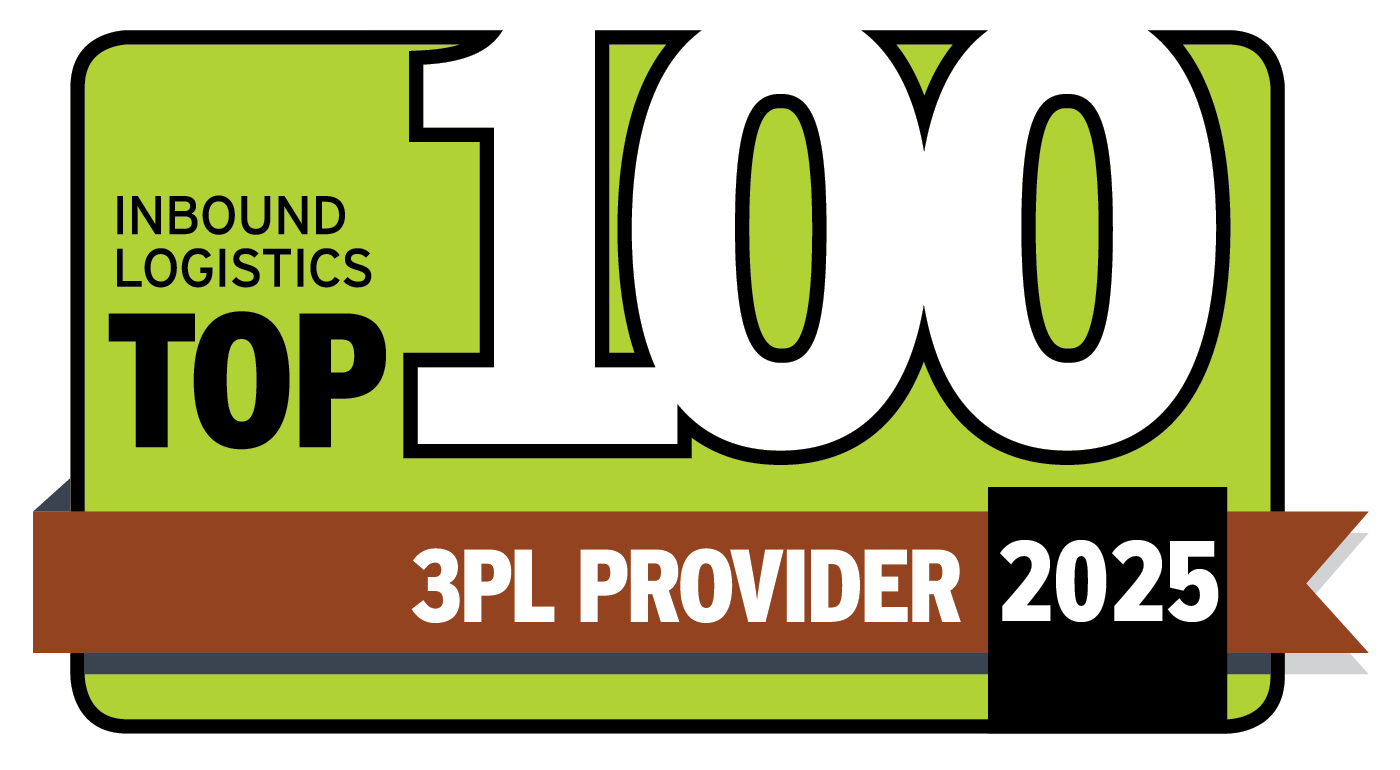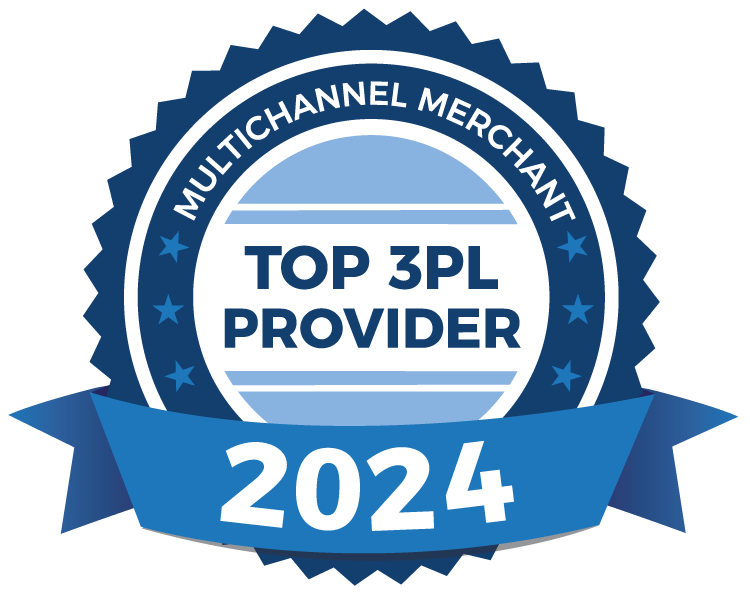Don't Pick The Wrong 3PL
When it comes to choosing a third-party logistics (3PL) partner, most companies focus on the obvious: price and technology.
Sure, those matter — but they’re just the tip of the iceberg.
, VP of Sales and Marketing at Barrett Distribution Centers, has reviewed dozens of RFPs this year from fast-growing DTC startups to Fortune 100 companies. And time after time, he’s seen three often-overlooked factors that can make or break a 3PL relationship.
Here are the top three things Bryan says every brand should consider when selecting a 3PL:
1. Choose a 3PL You Can Grow With
This is the big one. Don’t pick a 3PL based solely on what your business needs today. Pick a partner that can scale with you in a year, three years, or even five years down the road. The most successful brands think ahead and ask:
- Who can help us reach our future state?
- Who has the infrastructure, people and mindset to evolve with us?
It’s easy to treat a 3PL search like checking a box—but if you do that, you risk locking into a provider that can’t support your growth. Look for a strategic partner, not just a service provider. If growth isn’t part of your roadmap, you might want to revisit your goals altogether.
2. People Matter—A Lot
You grow with people, not platforms. The team behind your 3PL will become an extension of your business, so you need to feel confident they’d fit right in on your own org chart.
Ask yourself during the RFP process:
- Can I picture these people working at our company?
- Do they “get” our brand and how we operate?
At Barrett, we always say we’re only as strong as the GMs and ops leaders inside our buildings. That’s why we encourage prospective partners to go beyond sales conversations. Meet the actual people running the floor. Build relationships with the folks you’ll be emailing and calling when it matters most.
3. Don’t Underestimate Culture Fit
If the first two points are about future potential and strong people, culture is the glue that holds it all together.
Alignment on work ethic, speed of execution and communication styles plays a huge role in long-term success. When things go wrong—and at some point, they will—you want to be aligned on how to solve problems and how quickly you move.
We’ve seen deals fall apart not because of cost or capabilities, but because of mismatched cultures. On the flip side, when we meet a brand that feels like a natural fit for Barrett, we know the partnership will thrive.
Final Thought
Price and tech are table stakes. But if you want a long-term, high-impact 3PL partnership, look deeper.
Ask these three questions:
- Can this partner grow with us?
- Do they have the right people in place?
- Are we aligned culturally?
When those answers are yes, you’ll set your supply chain—and your business—up for real success.
Have questions about finding the right 3PL fit? Contact us to schedule a complimentary supply chain consultation today.
Recent Blog Posts

